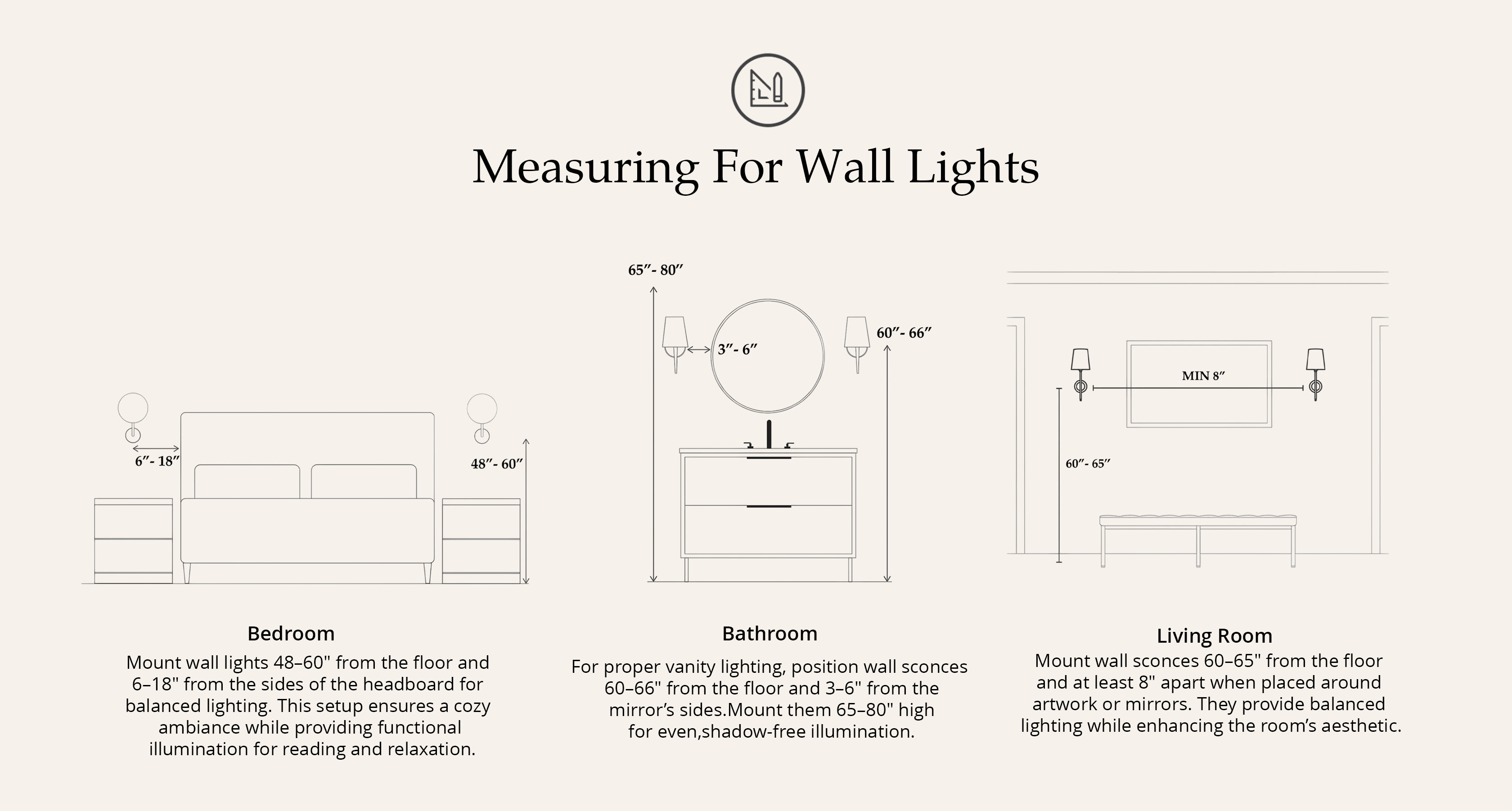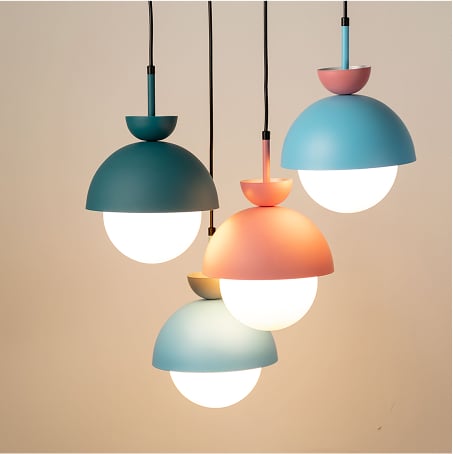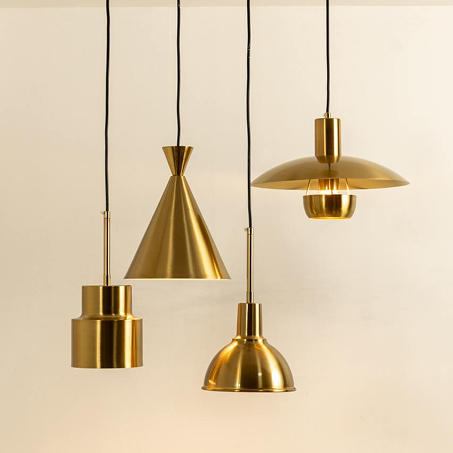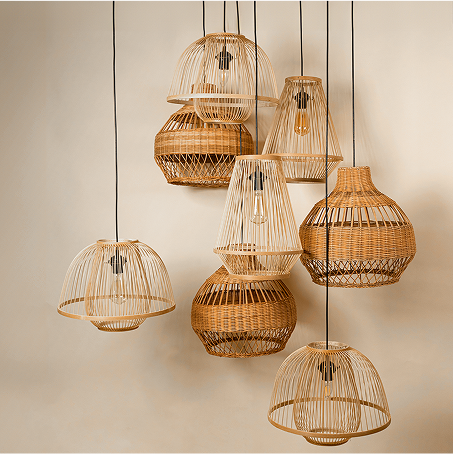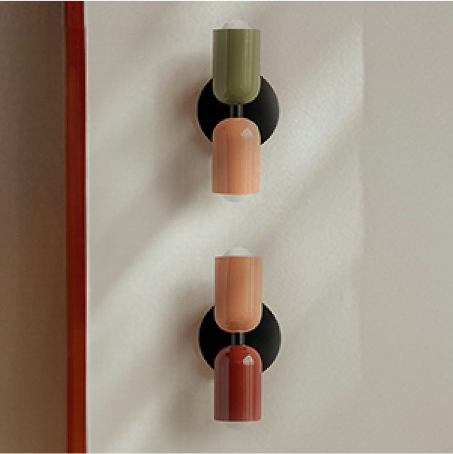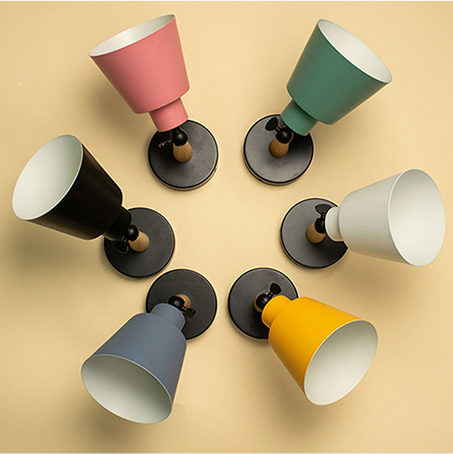Does the wall light provide enough illumination for reading or tasks?
Wall lights can offer both ambient and task lighting, but it depends on the bulb's wattage and the direction of the light. For reading or tasks, choose a fixture that allows for adjustable light direction or opt for brighter bulbs to enhance visibility.
How do I know if a wall light is compatible with a dimmer switch?
To ensure compatibility with a dimmer switch, check if both the bulb and fixture are dimmable. Many modern fixtures and LED bulbs are dimmer-compatible, but it's essential to verify both elements to ensure smooth operation.
What is the best way to accentuate a feature wall using wall lights?
To accentuate a feature wall, place wall lights on either side of the wall or in key positions to highlight artwork, textures, or architectural details. Choose fixtures with adjustable features so you can direct the light to the focal points of the wall.
Will the metal components of a wall light tarnish over time?
Metal components in wall lights can tarnish over time depending on the finish and exposure to moisture or humidity. To preserve the finish, regularly clean the light with a dry cloth and avoid using harsh chemicals that can damage the surface.
What kind of bulb should I use for a softer, warm light effect?
To achieve a softer, warm light effect, choose bulbs with a lower color temperature (around 2700K) and opt for LED or incandescent bulbs that provide a cozy, inviting glow perfect for living spaces or bedrooms.
Are wall lights easy to replace or upgrade without major re-wiring?
Replacing or upgrading wall lights is generally easy if you are using a similar fixture that fits the existing mounting and wiring setup. If you are switching to a different style or size, it may require some adjustments, but typically, no major rewiring is needed if the new fixture is compatible.
Can I install wall lights outdoors or in wet locations?
While many wall lights are designed for indoor use, some are specifically made for outdoor or wet locations. Be sure to check the product specifications for an appropriate IP (Ingress Protection) rating, ensuring it’s designed to withstand the elements if used outside.


